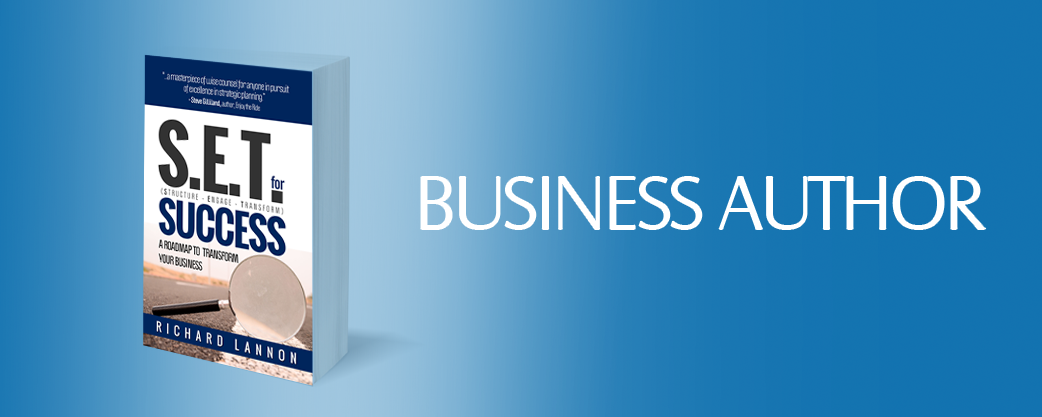I was facilitating a Strategic Planning Kick-Off meeting. The meeting was a transition meeting. Therefore, the client was being transitioned to me from the set-up-team so I could take the Business Strategist Lead. As I reflect on the meeting and the dialogue we had, I started to […]
Read more →The words question everything has rung out in the halls of many organizations. It is in essence what makes you better at what you do in your business. That is, to be able to ask key business questions so that you have the opportunity to find or […]
Read more →Stay Focused with Guiding Principles Companies that get focused and provide a vital service for people’s lives deserve to be around a long time. RANA Respiratory Care Group (http://bit.ly/1zq46Do) is one such company. Recently I had the opportunity to interview Cory McArthur, President, about the strategic planning […]
Read more →Often we want all the moving parts to connect together in our business. We want everything and everybody rowing in the same direction together. This is not always easy to accomplish. In today’s competitive climate with global competition we need to break down internal barriers and align […]
Read more →Recently I delivered a workshop on Risk Planning and Analysis for the Business Enterprise. I was asked about the various levels of risk within an organization. In response to that question, I explained that there are many levels of risk that could be organized along standard company […]
Read more →Surprisingly, I get this question a lot. Really it came down to a plan that the people could get into. The key is to recognize that tech people want tech or hard skills training and the business wants business or soft skill training. Over a 4 year […]
Read more →







